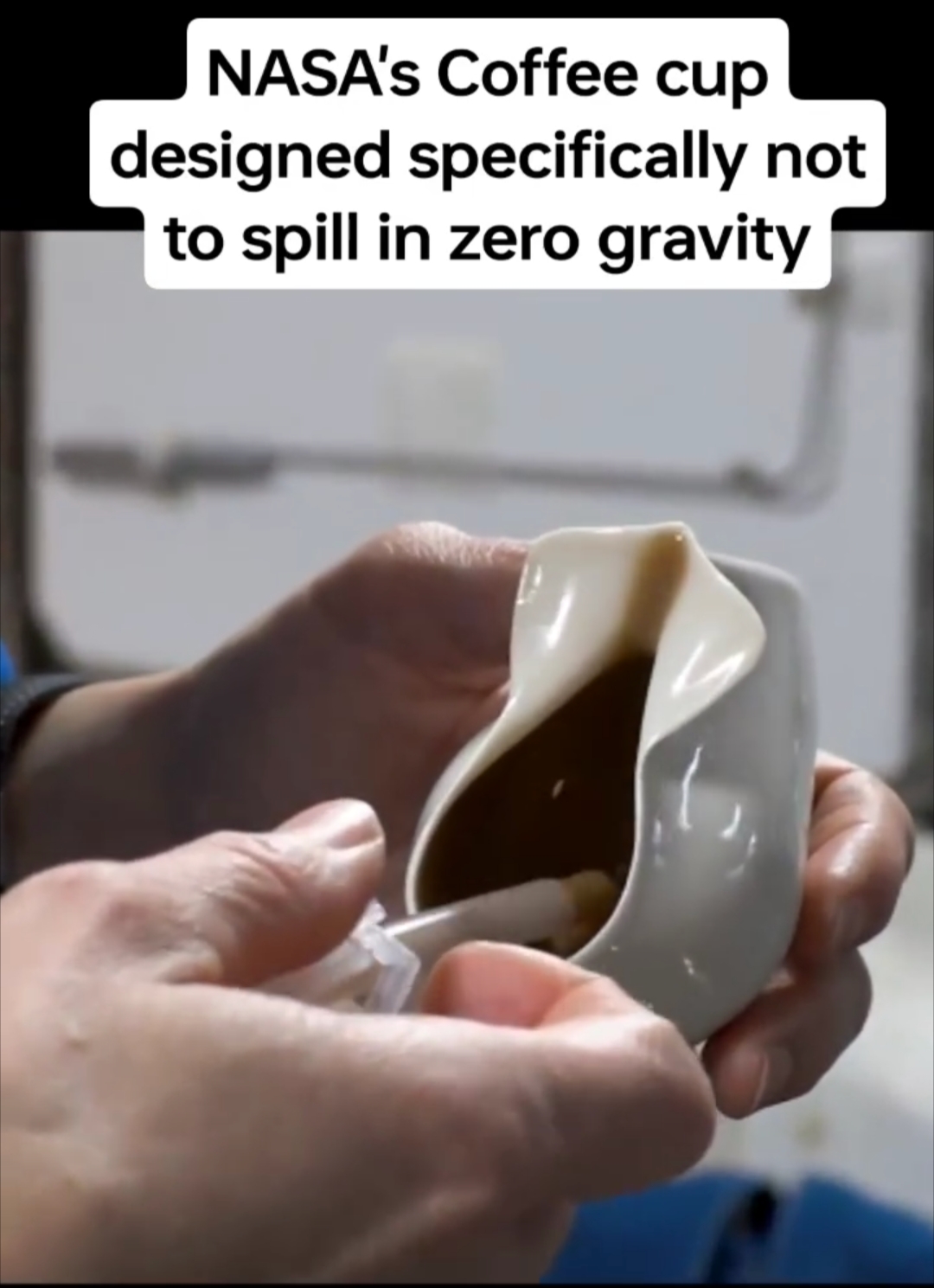this post was submitted on 03 Feb 2024
522 points (98.3% liked)
Mildly Interesting
17392 readers
53 users here now
This is for strictly mildly interesting material. If it's too interesting, it doesn't belong. If it's not interesting, it doesn't belong.
This is obviously an objective criteria, so the mods are always right. Or maybe mildly right? Ahh.. what do we know?
Just post some stuff and don't spam.
founded 1 year ago
MODERATORS
you are viewing a single comment's thread
view the rest of the comments
view the rest of the comments

Except that’s not what happened
I hope the authors won't mind if I post an excerpt here, they do a few paragraphs later give a different example of "NASA engineers not understanding female anatomy". Here's a little of the relevant section, which is itself more of an aside from the main subject of the book:
"Here’s the thing: Dr. Rhea Seddon, the only combination medical doctor, astronaut, and period-haver in the class of ’78, helped make the decision about how many tampons to include. According to a 2010 interview, the large number of tampons was a safety consideration. As she said, “There was concern about it. It was one of those unknowns. A lot of people predicted retrograde flow of menstrual blood, and it would get out in your abdomen, get peritonitis, and horrible things would happen.”
According to Seddon, the women were skeptical of the concerns, and their preference was not to treat it as a problem unless it became a problem. But she was involved with the final decision made with the flight surgeons, and according to her:
We had to do worst case. Tampons or pads, how many would you use if you had a heavy flow, five days or seven days of flow. Because we didn’t know how it would be different up there. What’s the max that you could use? Most of the women said, “I would never, ever use that many.” “Yes, but somebody else might. You sure don’t want to be worried about do I have enough.”
In other words, the story may have been less about idiot male techs and more about the NASA approach of solving all problems with more equipment. As Seddon remembers it, they decided to take the maximum amount they imagined a woman with a heavy period could need, multiplied that by two, and then added 50 percent more.
This would be typical NASA behavior—if you read the 1,300-page long Human Integration Design Handbook, which we unfortunately have, you will encounter the word “maximum” 257 times, as on page 604, which contains a remarkably detailed treatment of Number 1, including what you might call a peequation,
VU = 3 + 2t,
where VU is the maximum total urine output in liters per crewmember, and t is the number of days of the mission.
In the case of tampons, the excessive concern may have been appropriate. Lynn Sherr, longtime journalist, friend to a number of female astronauts, and also Sally Ride’s biographer, said the first woman who ever menstruated in space had problems with “leakage.” Remember, space is awful. There is no gravity to pull fluids in a generally downward direction. Blood, through a process called capillary action, tends to climb out.[*] According to Sherr, that anonymous astronaut elected to wear a tampon as well as a pad."